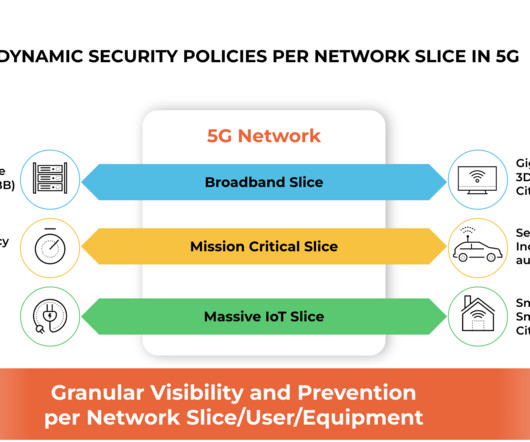Enforce Zero Trust for 5G Security to Work
Palo Alto Networks
FEBRUARY 27, 2023
All Attack Vectors : L3/L4, including all threats and vulnerabilities, i.e. malware, ransomware, DNS attacks, C&C, remote code execution, etc. For example, different security policies can apply application controls, anti-virus, anti-spyware, URL filtering and intrusion prevention services by network slice or group of slices.














Let's personalize your content